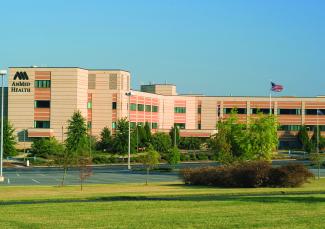Stroke Symptoms
Follow the BE FAST guidelines to help you identify stroke symptoms:
Balance – Sudden loss of balance or coordination
Eyes – Trouble seeing, sudden blurred or double vision
Face – Drooping face or numbness
Arm – Weakness or numbness of the arms or legs on one side of the body
Speech – Slurred speech or difficulty speaking
Time – Any symptoms mean it’s time to call 911

